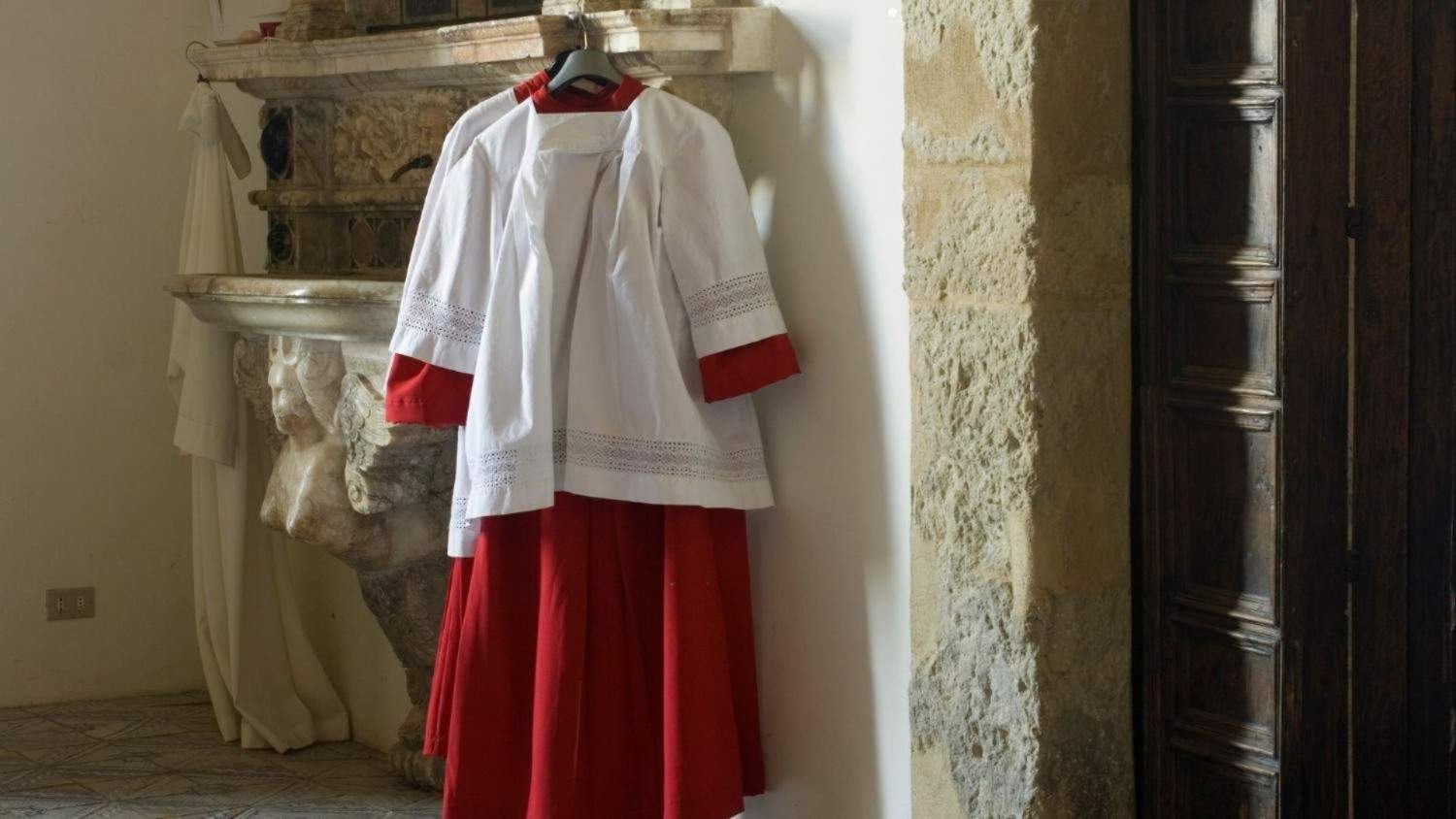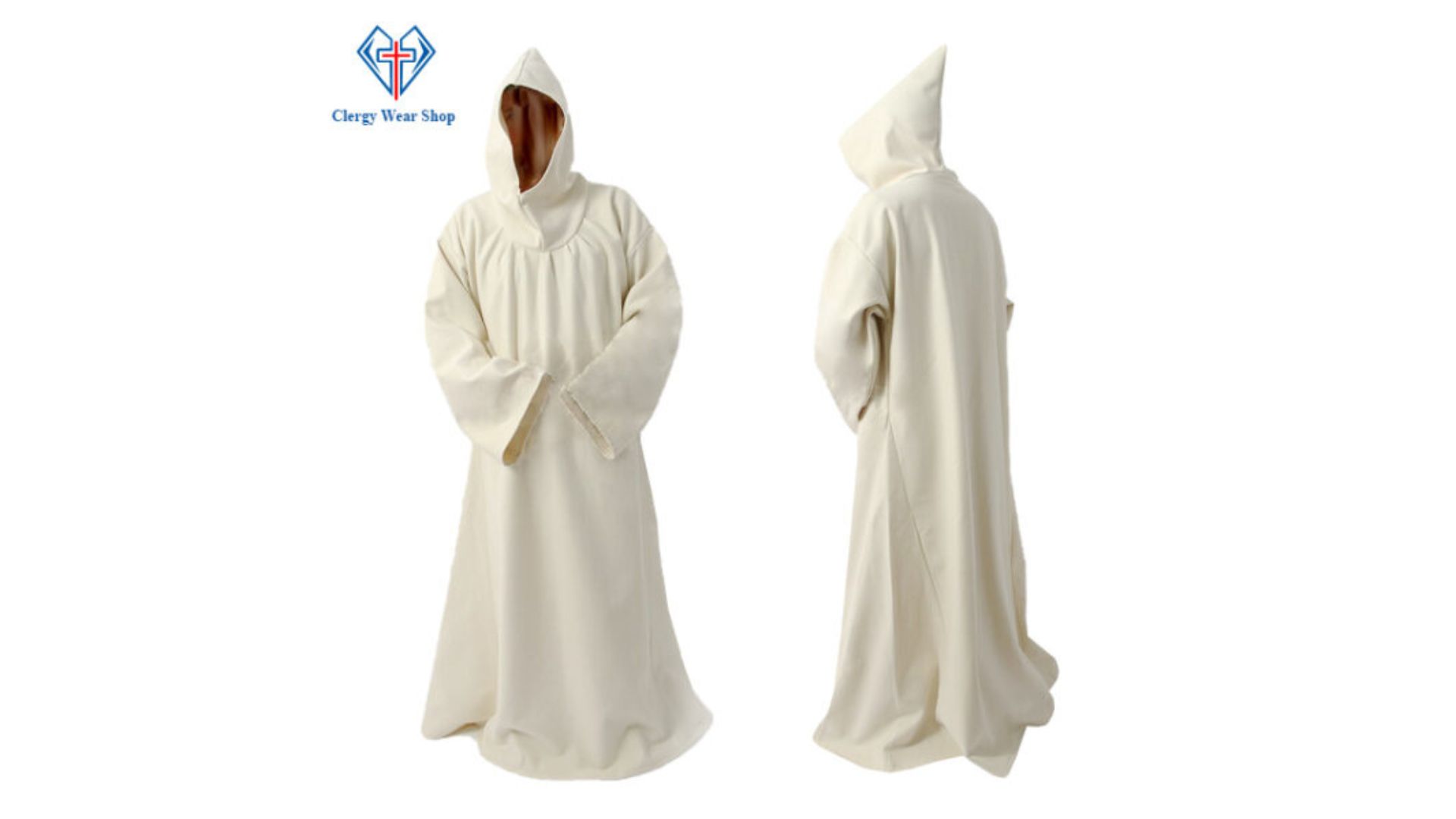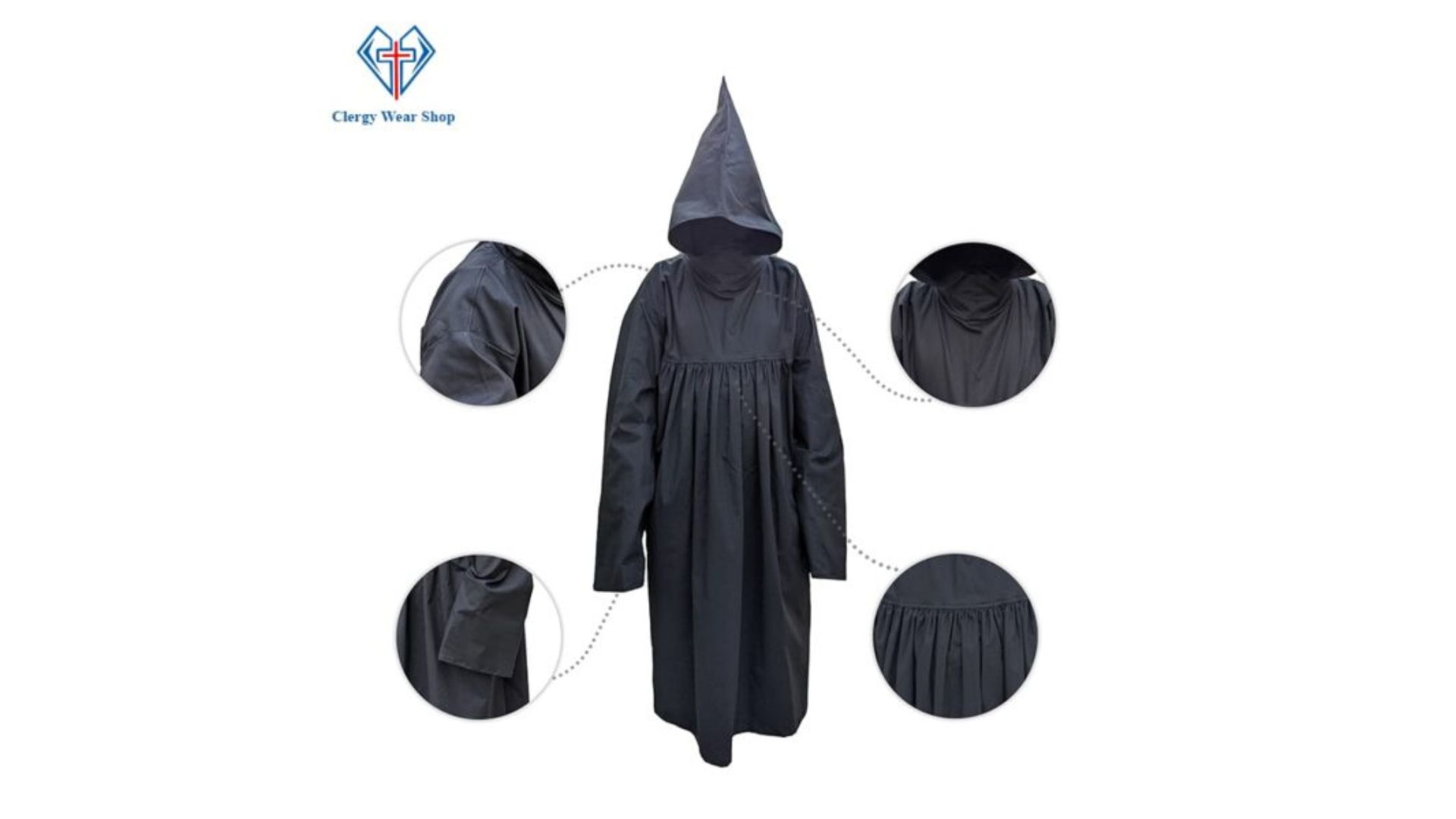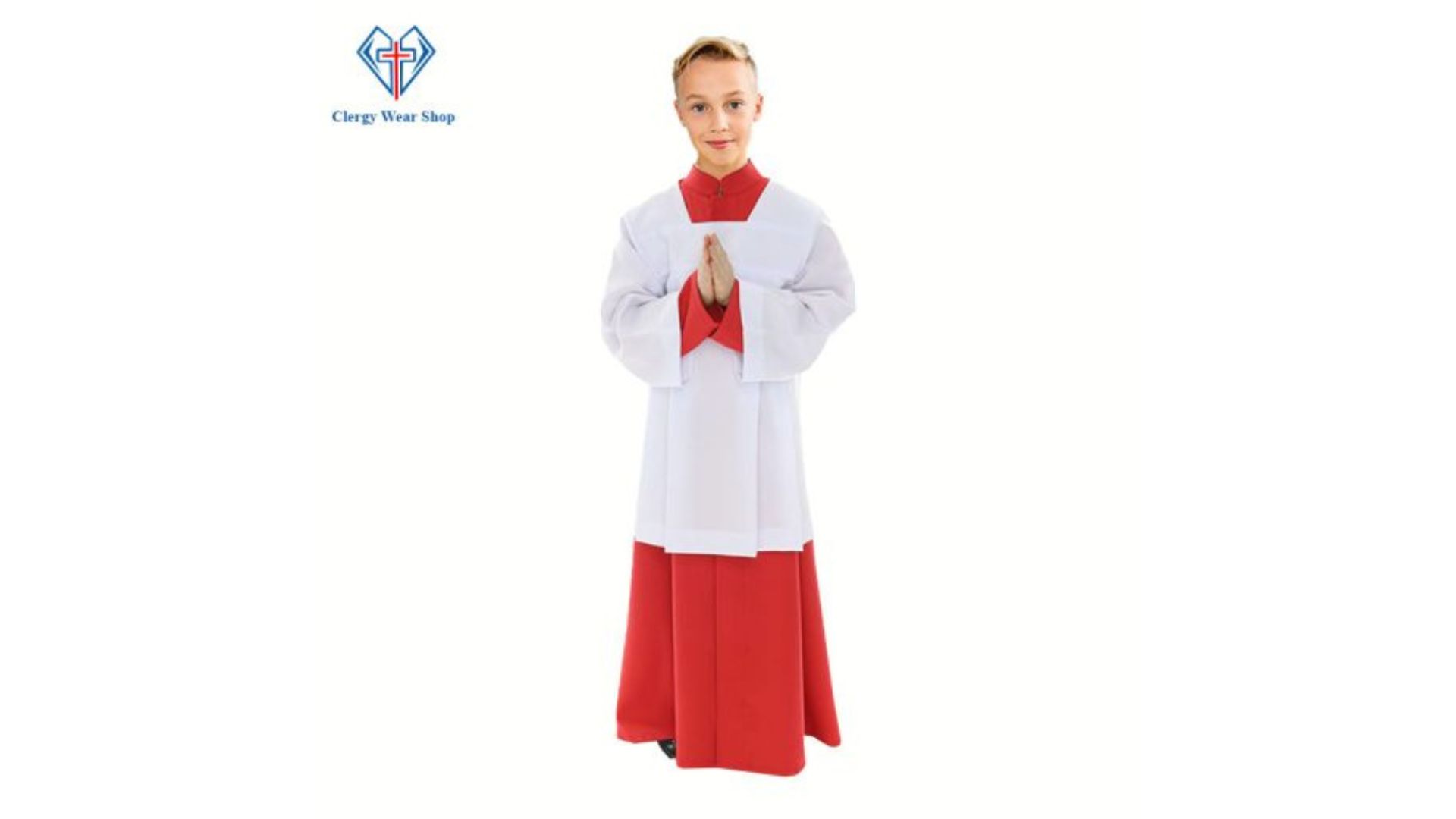The Cassock and Surplice in Modern Church Services

Strong 8k brings an ultra-HD IPTV experience to your living room and your pocket.
The cassock and surplice have been integral parts of Christian liturgical attire for centuries. While many recognize these garments as standard church wear, their deep history, significance, and evolving role in modern worship make them a fascinating topic. This article explores the symbolism behind the cassock and surplice, their use by clergy and altar servers, and where to find high-quality Catholic priest apparel in the U.S.
What is a Cassock?
A cassock is a long, close-fitting robe worn by clergy, altar servers, and seminarians in many Christian traditions, particularly in the Catholic, Anglican, and Orthodox Churches. Traditionally black for priests, cassocks can also be white or red, depending on rank and liturgical customs.
Features of a Cassock:
- Full-length garment reaching the ankles
- Buttoned down the front, with variations in button style and number
- Often worn with a cincture or fascia (a belt-like sash)
Made from wool, polyester, or cotton blends for different climates
The cassock symbolizes humility and devotion, representing the clergy's commitment to their vocation and the Church.
What is a Surplice?
The surplice is a white, wide-sleeved garment worn over the cassock. It is typically shorter than a traditional alb and is used during liturgical ceremonies, prayer services, and certain sacraments.
Characteristics of a Surplice:
- Made from lightweight fabric, often cotton or lace-trimmed linen
- Worn over the cassock for a layered appearance
- Typically reaches the waist or knees, depending on local traditions
Often features embroidered or decorative lace elements
The surplice symbolizes purity and is widely used by priests, deacons, altar servers, and choir members.
Cassock and Surplice in Altar Server Attire
Altar server clothes also include the cassock and surplice, particularly in Catholic and Anglican traditions. Altar servers assist clergy during the Mass, carrying out important duties such as holding the missal, carrying candles, and assisting with the Eucharist.
Standard Altar Server Attire:
- Cassock: Typically red or black, depending on parish customs
- Surplice: White and worn over the cassock
- Cincture or Rope Belt: Sometimes used to tie the cassock
- Cross or Medallion: Symbolic of their service in the Church
The Role of the Cassock and Surplice in Catholic Priest Apparel
The Catholic priest apparel is rich with symbolism and tradition. Priests wear the cassock and surplice as part of their daily clerical dress, particularly for non-Eucharistic ceremonies such as baptisms, confessions, and Liturgy of the Hours.
How the Cassock and Surplice Differ from Other Clergy Robes:
- Unlike albs, the surplice is shorter and not cinched at the waist.
- The cassock is worn under vestments but can also be worn alone.
- Some priests wear cassocks with birettas or zucchettos as part of their traditional attire.
Evolution of Cassock and Surplice in Modern Times
- While the cassock and surplice have historical roots, their use has adapted over time:
- Some parishes now use albs instead of cassocks for altar servers.
- Lightweight materials are preferred in warmer climates.
- Contemporary designs feature embroidery or custom tailoring for a refined look.
- In some Protestant traditions, cassocks and surplices are also used in worship.
Where to Buy Quality Clergy Wear
For those looking to purchase high-quality cassocks, clergy robes, clergy shirts, and altar server clothes, Clerywearshop.com offer excellent craftsmanship and durable materials.
Recommended Clergy Wear Shop:
A leading clergy wear shop in the U.S. provides top-quality cassocks, clergy robes, clergy shirts, and Catholic priest apparel with premium stitching. These shops focus on traditional craftsmanship while offering modern fits for comfort and ease of movement. Whether you need a custom-tailored cassock or a lace-trimmed surplice, these stores ensure exceptional quality and customer service.
Conclusion
The cassock and surplice continue to be essential garments in Christian worship. Worn by clergy, altar servers, and priests, these pieces of Catholic priest apparel hold deep spiritual significance. As traditions evolve, these garments remain a visual symbol of faith and service in the Church.
FAQs
What is the purpose of wearing a cassock and surplice?
The cassock and surplice are worn as traditional liturgical garments that symbolize devotion, humility, and purity in Christian worship.
Can laypeople wear a cassock and surplice?
In some church settings, laypeople such as altar servers, choir members, and acolytes wear cassocks and surplices while assisting in liturgical services.
What is the difference between a surplice and an alb?
A surplice is shorter and worn over a cassock, while an alb is a full-length, cinched garment worn by clergy during the Eucharist.
Where can I buy a high-quality cassock and surplice in the U.S.?
Many online clergy wear shops in the U.S. offer premium cassocks, surplices, and other clerical apparel, featuring expert craftsmanship and fine materials.
Are cassocks and surplices required for all Catholic priests?
While not mandatory in all cases, many priests and altar servers wear cassocks and surplices for non-Eucharistic services, processions, and traditional liturgical settings.
Note: IndiBlogHub features both user-submitted and editorial content. We do not verify third-party contributions. Read our Disclaimer and Privacy Policyfor details.







